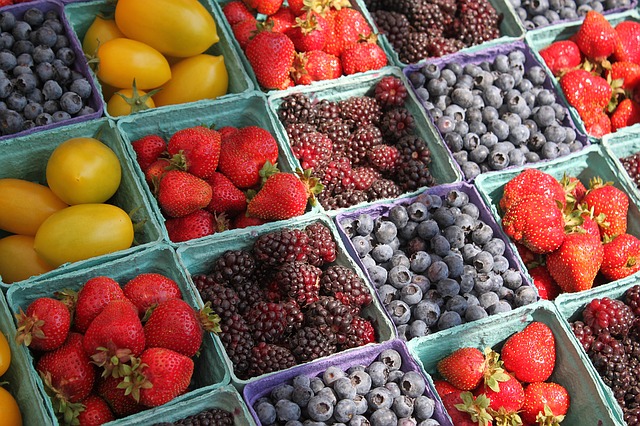
The Atlantic States Marine Fisheries Commission (ASMFC) and its Atlantic Striped Bass Management Board voted Tuesday to lower the upper end of the striped bass slot size for 2023.
The emergency action will be enforcing a 31-inch maximum size limit to all recreational fishing regulations, effective July 2. The change will affect all Atlantic coastal states.
This differs from the current guidelines that mandate a possession limit of one, with the size of the fish ranging from 28 inches to under 35 inches in length.
The emergency action will be in effect for 180 days, and may be extended for an additional six months in October.
The slot limit change is the most recent effort made by marine life organizations to reduce overfishing of the Atlantic striped bass, and to promote population growth.
Patrick Paquette, the government affairs officer and former president of the Massachusetts Striped Bass Association and a member of the ASMFC striped bass advisory panel, calls the new regulations “the best option in a bad situation.”
Striped bass year classes — all of the fish hatched during one annual spawning period — have been on a steady decline for quite some time, Paquette told The Times Wednesday. Simply put, “Mother Nature’s making less and less of them.”
But even with declining population, every once in a while there’s a particularly large year class. This happened in 2011, and again in 2015, Paquette said. Since then, year classes have been increasingly below average in size.
Recently, the majority of the Atlantic striped bass population comes from the 2015 group.
Last year, it was estimated that more than 50 percent of the 2015 year class had grown to a point of being within the current slot limit (28 inches to 35 inches). Although that led to a good season for striper fishing, the mortality rate more than doubled during that time period, Paquette said.
When a large striped bass year class becomes harvestable, like in 2022, “catch goes through the roof,” Paquette said. “And as a result, massively increased numbers of fish died than in prior years.”
Generally, when it comes to striped bass, commercial anglers have significantly less impact on the stock than recreational anglers, Paquette said; the impact of the commercial fishery is “minuscule” compared with sportfishing.
According to the National Oceanic and Atmospheric Administration, the recreational harvest of striped bass “regularly exceeds” the commercial harvest, and totaled over 15 million pounds in 2021 alone. There is currently a moratorium on both recreational and commercial striped bass fishing in federal waters. Similarly, the Martha’s Vineyard Striped Bass and Bluefish Derby has removed striped bass from the competition beginning in 2020.
Predictions show that almost 100 percent of the 2015 year class will be entering the existing slot limit this year. Essentially, “we’re relying on this one year class,” Paquette said.
Sizewise, he said, “most of the striped bass that swim will be available for harvest,” this year.
But overfishing the dominant year class in a fishery that exhibits lower-than-average annual hatchings could be “extremely damaging long-term,” Paquette said, adding that management efforts to rebuild the stock could potentially become moot.
Because of this, ASMFC and the Atlantic Striped Bass Management Board moved to cut the size limit, in order to preserve fish from the 2015 group.
“When fish are available, more people go fishing,” Paquette said; “that’s just common sense.”
“And everything that we know about fishing and striped bass says this year, fishing is going to be incredible,” Paquette said — but that doesn’t necessarily mean a healthy fishery.
Ideally, a healthy fishery has an even number across year classes, so that people are interacting with fish of different size and age, and in different locations, he said.
When it’s assumed that a fishery is healthy, sometimes out of context, and based upon observation alone, that can put serious pressure on the stock. “We are going to be decimating the one year class that’s fueling the fishery,” Paquette said, hence the emergency harvest regulations.
“You have to manage what people are catching,” Paquette said, adding that the slot limit serves as a tool to protect certain year classes, along with focusing energy into where there’s any abundance. This also prevents weaker year classes from being overly interrupted.
The 2015 year class is “basically all we have to seed the future of the fishery,” Paquette said. Because of that, “there was no choice but to do something dramatic.”
Plainly, the slot change gives around half the 2015 group a shot at making it through to the next year, Paquette said, emphasizing that there’s still a lot more work to be done when it comes to managing the coast’s fisheries.

























